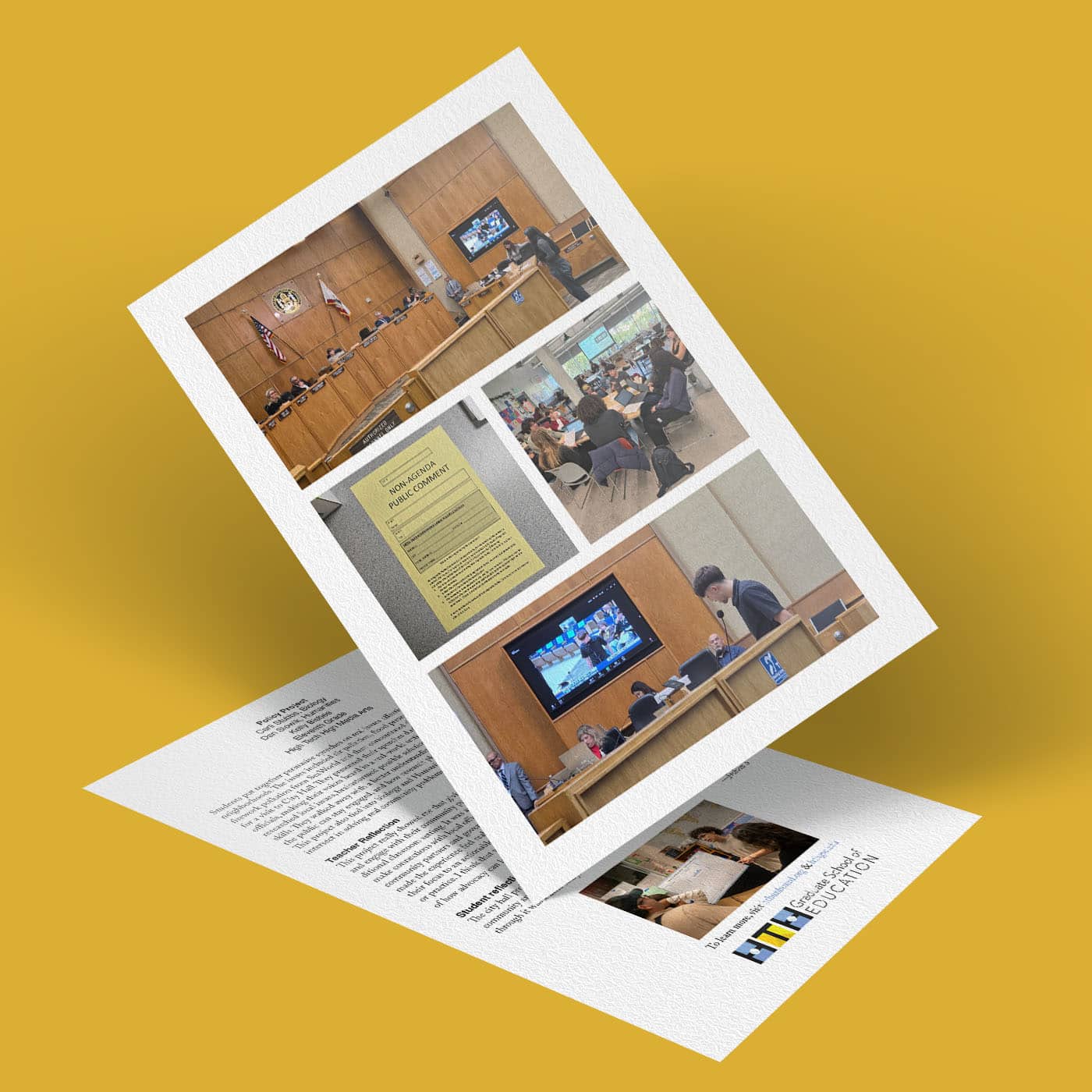Middle school students studied the Aboriginal Art form, including non-naturalistic abstract designs and naturalistic paintings of human, plant and animal figures. They then selected a wild animal they felt represented their personality, wrote an artist statement about the qualities they shared with their animal, and created an animal self-portrait using the traditional dotting technique and abstract design elements used by aborigines.
Australian Aboriginal art is the oldest living art tradition in the world, with paintings in rock shelters dating back 20,000 years. This art incorporates the use of concentric circles, “u” shapes, and lines with earth tones from substances collected from the natural world. I introduced the project early in the year, and it was a good way to get to know my students. Every single piece was amazing—even students who struggle with art produced careful, thoughtful work that they were proud of. Fifteen of the pieces are now hanging at the Encinitas Health Clinic, where they have drawn rave reviews from physicians, patients, and visitors. I’m happy with the results, but next time I’ll introduce critique earlier in the drafting process, using models from this class to initiate conversations about what qualities are present in beautiful work.
Creating my painting using the traditional aboriginal technique was incredibly soothing. I considered it to be yoga for my mind. I enjoyed creating my dot painting because it was a meaningful way to express myself. The animal that I chose to represent my personality was the African Pygmy-kingfisher. I chose a colorful bird because it allowed me to play around with a variety of colors. I also chose this bird because it has a long beak for going after its prey and this represents how I go after what I want. Aboriginal art tells a story, so I decided to incorporate a narrative in my painting. In my work the bird is perched in a tree in the African desert, daydreaming about rain. I am pleased with my final piece. I enjoyed learning a new technique and look forward to incorporating it into my artwork in the future.























